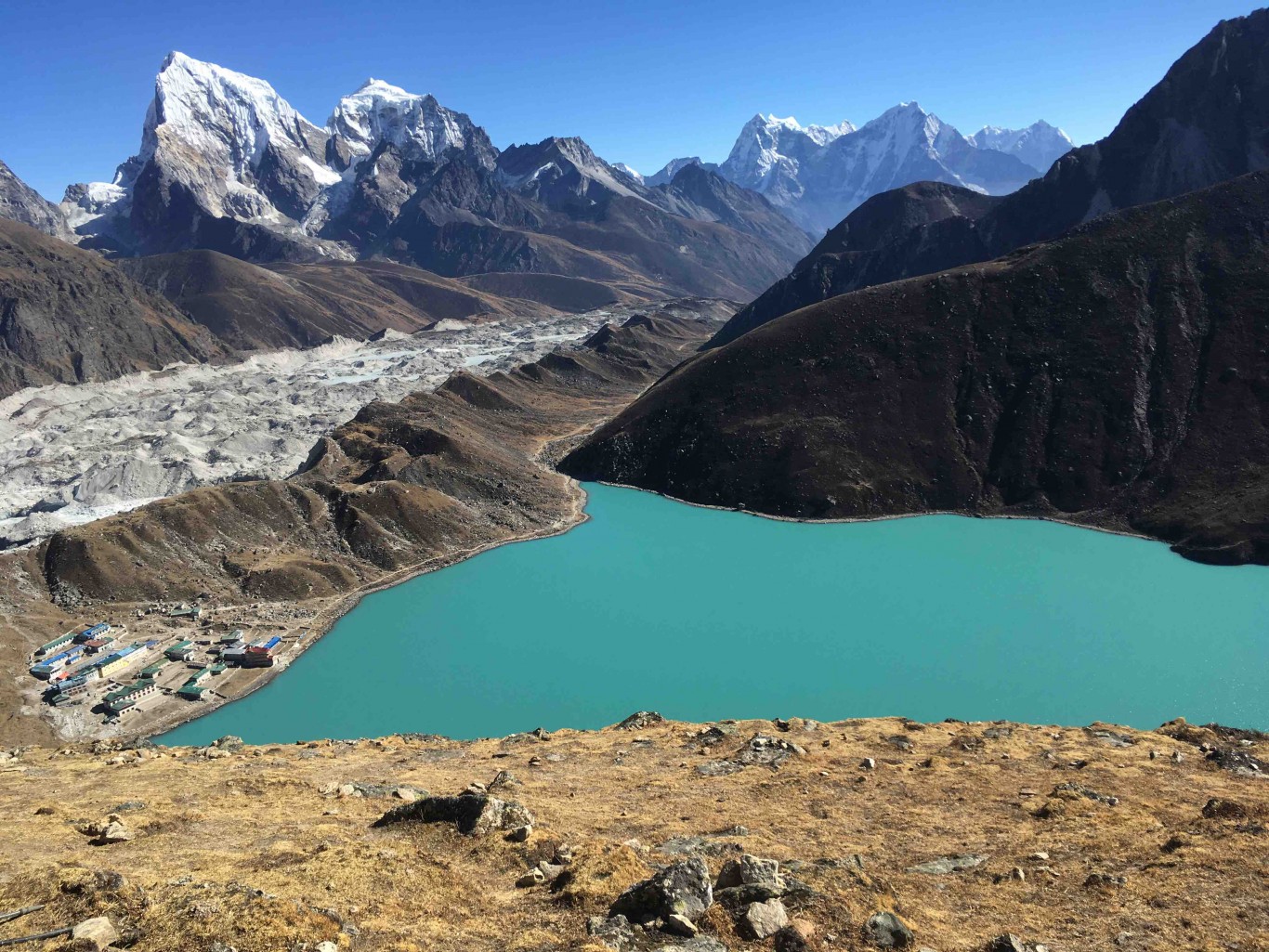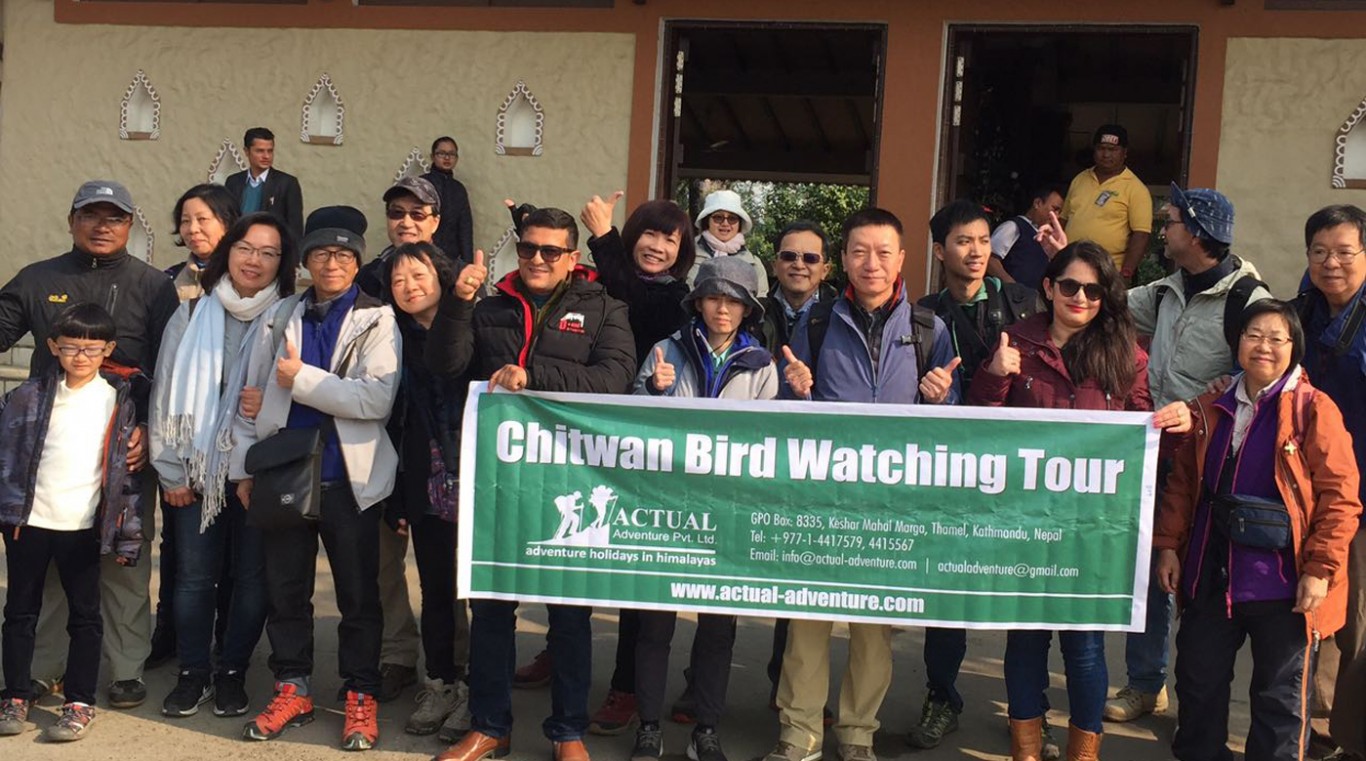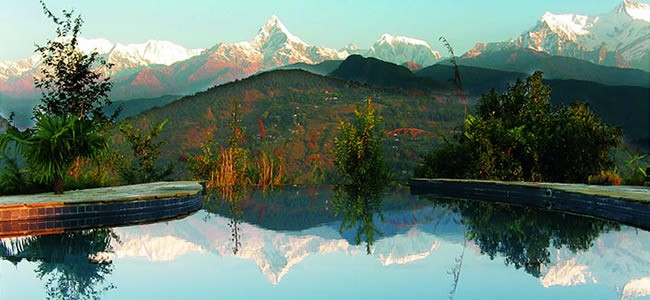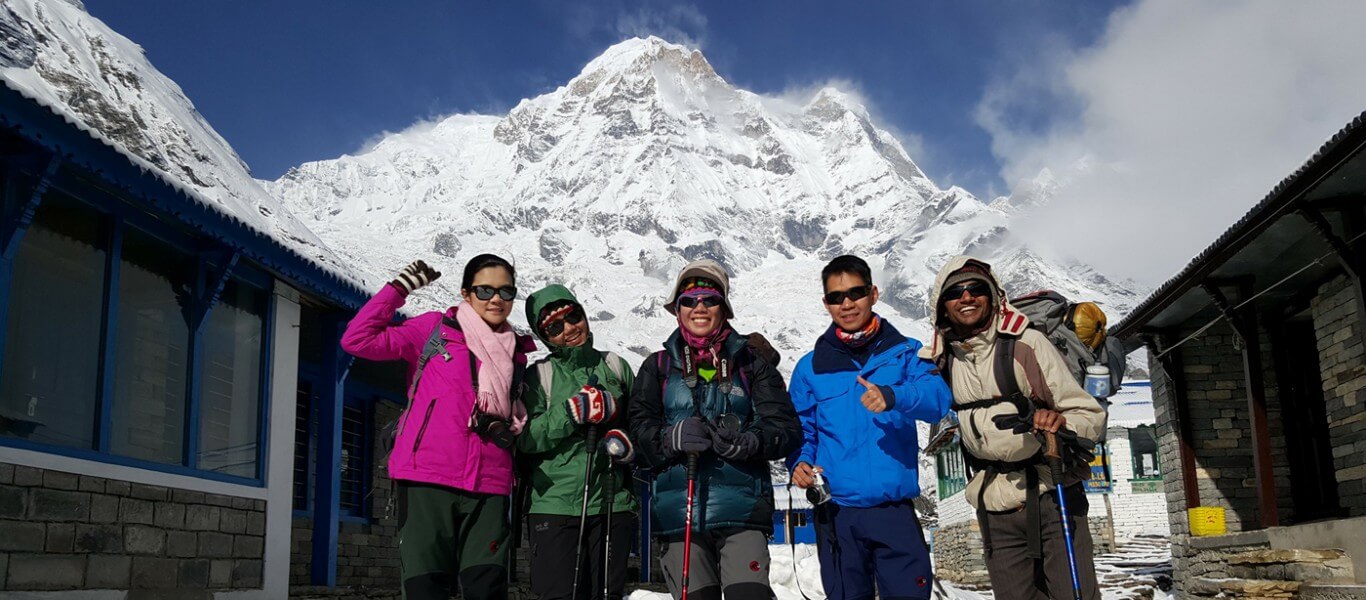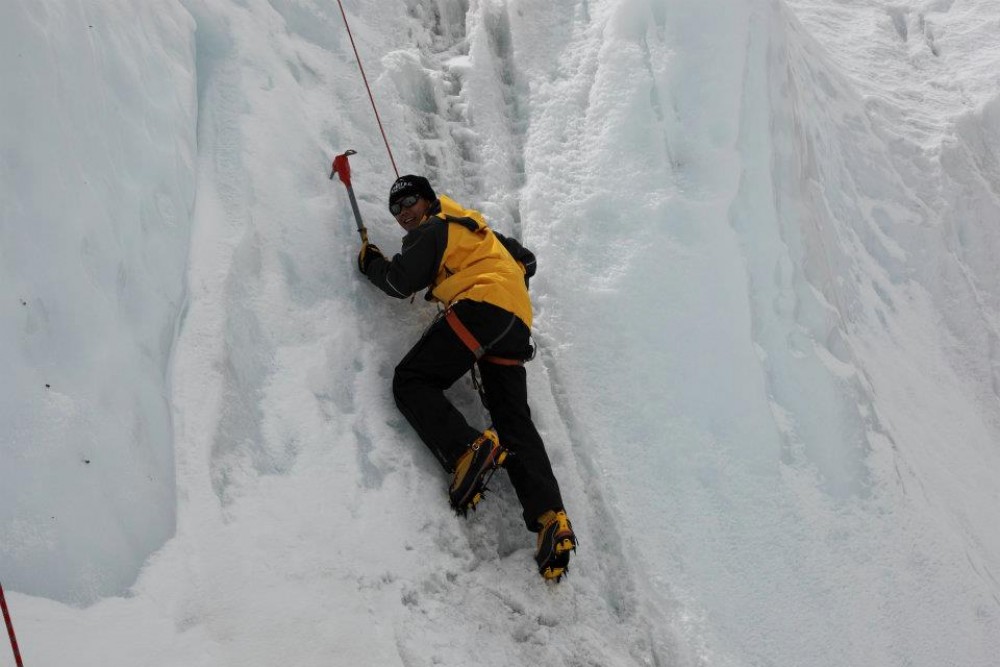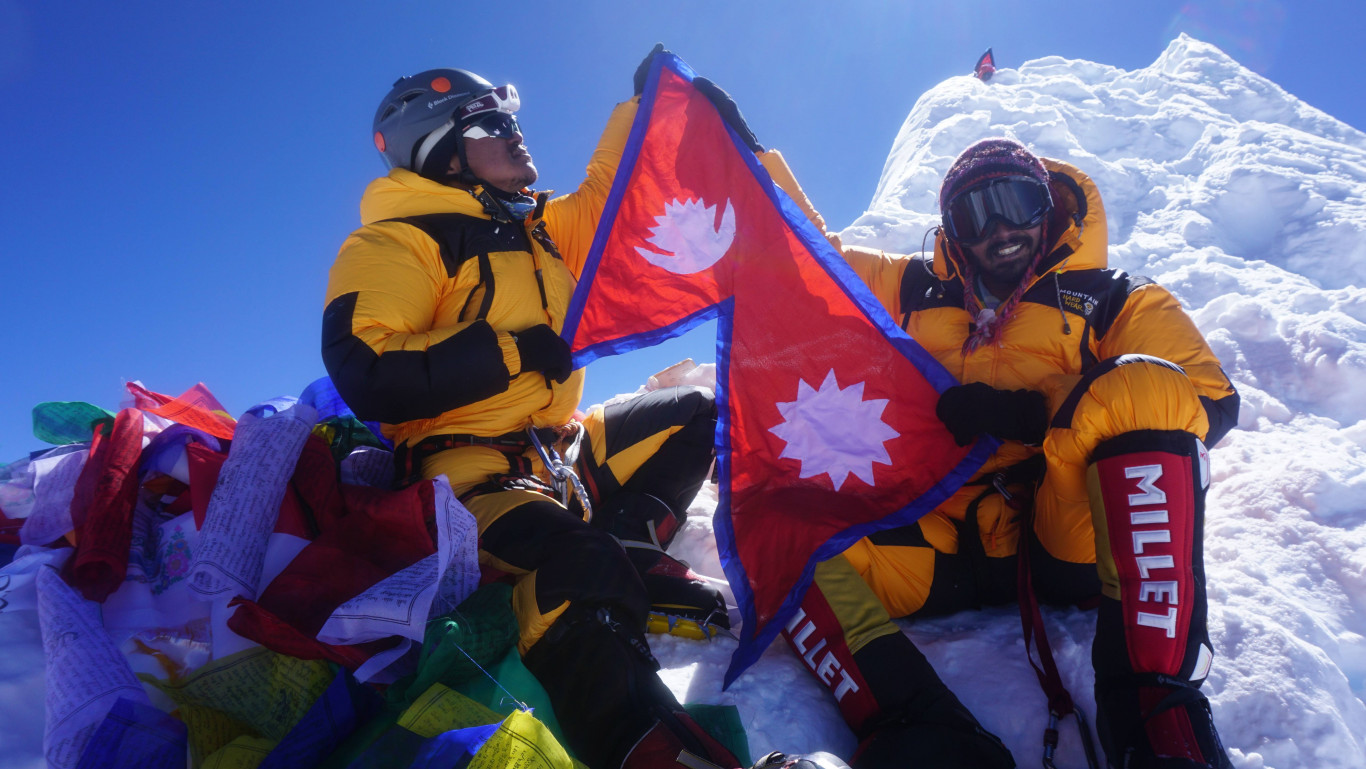Visa in Nepal can be acquired on arrival at Tribhuwan International Airport, Kathmandu and also at the border entry points in Kakadvitta, Birgunj, Bhairahawa, Nepalgunj, Gaddachowki border of Nepal - India and Kodari on Nepal-China border. Visa can also acquire at the nearest Nepal Embassy. For visa renewal purpose you can contact at Department of Immigration, Kalikasthan at Kathmandu. A valid passport and one passport -size photo with a light background is required. Visa can be obtained only through payment of cash in the following currency: Euro, Swiss Franc, Pound Sterling, US Dollar, Australian Dollar, Canadian Dollar, Hong Kong Dollar, Singapore Dollar and Japanese Yen. Credit card, Indian currency and Nepali currency are not accepted as payment of visa fee.
Visa Facility Duration Fee
Multiple entry 15 days US$ 25 or equivalent convertible currency
Multiple entry 30 days US$ 40 or equivalent convertible currency
Multiple entry 90 days US$ 100 or equivalent convertible currency
Gratis (Free) Visa
For first visit in one visa year (January to December), gratis visa for 30 days is available only for nationals of South Asian countries like Bangladesh, Bhutan, Maldives, Pakistan and Sri Lanka. However, the visa can be extended from the department of immigration with respective fares.
Indian nationals do not require visa to enter into Nepal.
Nepal Visa for Chinese Nationals
As per official circular of the Embassy of Nepal in Beijing, China, Chinese nationals applying for tourist visa to Nepal are being provided “gratis tourist visa” from Jan. 5, 2016, from following Nepali missions in the People’s Republic of China:
Embassy of Nepal, Beijing
Consulate General of Nepal, Lhasa
Consulate General of Nepal, Hong Kong
Honorary Consulate of Nepal, Shanghai
More Information
Nationals from Nigeria, Ghana, Zimbabwe, Swaziland, Cameroon, Somalia, Liberia, Ethiopia, Iraq, Palestine and Afghanistan will need to obtain visa from Nepal Embassies or Diplomatic Missions in their respective countries, as they do not get visa on arrival at the immigration entry points of Nepal.
Transportation, Flight and Arrival Information
We will send our representatives from Actual Adventure Pvt.Ltd at Tribhuvan International Airport a bit earlier than your arrival. As you land at Tribhuvan International Airport and complete your immigration process you will see our representatives holding a placard of your and company’s name. They will welcome you in a Nepali style offering some flowers and then transfer you to the hotel in our own private luxurious vehicle. You will meet rest of the team members in the hotel. The next day you will have your breakfast at the hotel or drive to the airport for your flight to Lukladepending upon the flight schedule. The costs includes Airport to Hotel pickup and drop for both domestic and international flights. You will meet the rest of the team members in Lukla and only guide will be going along with you from Kathmandu.
Leader & Staffs Arrangements with Porter Care
During this Classic Everest Base Camp trek you will fly to Lukla from Kathmandu only with your guide. Other team members like assistant guide and porters will join you from Lukla. We focus on giving employment opportunities to the local people as far as possible. We choose experienced field staff having good knowledge in their related field. We do have highly experienced team of porters and guides. Our field staff leaders are highly experienced and have undergone the trainings like. Intensive Wilderness First Aid, Trekking Guide Training, Eco Trekking Workshop and Adventure Meet, English Language, Conservation and Biodiversity, Rock climbing, Ice Climbing and Mountaineering (for expedition leaders).
Why don’t we use Yak as Porters?
During your Everest Base Camp Trek you can also see several Yaks and Mules on your way used as porter. Actual Adventure Pvt.Ltd doesn’t use yaks and mules as porters during the trek because we respect animal rights and emphasis on giving employment opportunities to the local people.
Guide and Porter info
It is in the hand of guide and porter to actually make or break your trip. A good guide can give you a memorable trek of your life time whereas a bad can ruin your trek and make it the worst. Actual Adventure Pvt. Ltd has a team of highly experienced a passionate trekking guides, expedition leader, porters and tour guides. With their years of experience and dedication in their fields they have been providing our customers with remarkable service and excellent results. You can have the detailed information of our guides in the company’s Trip Management Team (Field Staff).
Extra Days in Nepal
We advise you to include some extra days other than your trek schedule. It is because the weather of Everest Region is unpredictable and the flights to Lukla often gets delayed or cancelled. Having extra days in your trek schedule helps you to not miss your international flights.
Program Change/ Delay:
The departure scheduled would be changed on any unavoidable circumstance like weather hazards, trail slides, soil erosion, avalanches, sudden sickness, etc. The program can be customized as per the interest of the clients.
NOTE:
During the trip, the unpredictable factors like, weather, local politics, transport and many more which are beyond our control can bring some change in the itinerary. In such case, if the alternation in the itinerary is necessary, then the trek leader will decide for the best alternative with the consent and interest of the whole group. If the change occurs we will do our best to minimize its effect; however the company cannot be responsible for the results of changes and delays.
Training and Fitness for Trekking.
No prior training and experience is required to do Everest Base Camp Trek. But, if you have trekking experience anywhere in the world then it can be an added point to your trek to Everest Base Camp. If you can walk up to 6-7 hours a day in an unfamiliar terrain then you can easily trek to Everest Base Camp. It is better if you start taking energy boosting diets and doing some physical exercise a month before the trek. All you need to have is strong willingness and ability to overcome the challenges.
Staying Healthy
Staying healthy and fit is very important when you are trekking to one of the most strenuous trekking destinations. You need to be very careful about your health and health related problems. Here are the following tips you can use to stay healthy during Everest Base Camp Trek.
· Eat proper and healthy diets.
· Avoid eating meat and meat products more often.
· Drink a lot of water.
· Don’t drink water direct from the resources or without purifying.
· Starting exercising a month prior to the trek.
· Take your regular medicines with you.
Take Care of your Feet.
Taking care of your feet is a must when you are going on a trek. Not taking proper care of your feet can ruin your trek. To take care proper care of your feet the following tips might be helpful.
Buy good quality comfortable shoes.
Clip Your Toenails
Apply Powders/Creams/Tapes
Wear the Right Socks
Wash your feet regularly.
Soak your feet for at least 10- 20 minutes at the end of the day.
Getting a Good Night Rest
As it is said ‘Early to bed, early to rise makes a man healthy and wise’, getting a proper goodnight sleep is very important for everyone. During the trek since your body gets tired after walking all day long a proper sleep is a must. You need to sleep for at least 7-8 hours. A good night sleep helps your body to take rest and recollect the energies that you’ve lost during your trek. For a better sleep we recommend you to carry a sleeping bag with you. The sleeping bag will be provided by the company or you can carry your own if you have. Sleeping Bag is necessary especially when you are trekking to Everest Base Camp because since only basic accommodations are available the blankets might not be enough for you.
Do and Do Not
Here are some of the things that you have to keep in mind while trekking to Everest Base Camp.
Do’s
Walk slowly
Drink purified or boiled water.
Eat healthy foods.
Get proper Acclimatization.
Respect local culture and people.
Bring your regular medicines and first aid kit.
Don’ts
Don’t Get to enthusiastic
Don’t drink water direct from resources.
Eat Junk Foods
Neglect the signs of altitude sickness.
Disrespect the local culture and traditions.
Travel Insurance and Evacuation in emergency
Travel insurance is compulsory for all our clients traveling with our company. The Nepalese Insurance company doesn’t have travel insurance for foreign people so we recommend you to bring the legal documents with you while coming to Nepal. Your travel insurance must cover the loss due to theft, injury, delay; inconveniences or any other and the company should not have any liabilities for your personal loss. Make sure your travel insurance also compensate emergencies helicopter evacuation in case of emergencies.
Solo Travelers.
The numbers of Solo travelers are increasing rapidly in recent few years in Nepal. Nepal, being a beautiful and peace loving country is also one of the safest countries for solo travelers. However, the cost for solo traveler might be expensive since single supplement is very difficult to find and are expensive as well in the mountain regions.
Is Solo Travelers Safe in Nepal?
Nepal is one of the safest countries to travel in the world. We see numbers of solo travelers around the streets of the city and trekking areas. Tourism related crimes in Nepal are very less and we Nepalese treat our guests as gods. Even though, it is safe but still you need to be careful while walking to the cities alone during the mid night and we recommend you to hire a guide while trekking.
Is Female Solo Travelers safe in Nepal?
Nepal is generally considered safe for women travelers. Nepal might have a conservative society but the people are open to every kind of cultures which helps to stay true. There haven't been many serious crimes against tourists since few years. Yet, travelers are requested to have considerable care while travelling.
Can you trek in Nepal without a guide?
Nepal requires the use of guides and porters such as in some of the regions such as Inner Dolpo, Kanchenjunga and Upper Mustang due to the areas being restricted. However, places such as the Annapurna Conservation Area and Everest Base Camp do not require guides. But we highly recommend to at least having a guide with you. Since, hiring a guide is very cheap in Nepal and it is not safe to travel alone in the mountain region you need to hire a guide for your personal safety.
Required Permits for Trekking
The permit required for Everest Base Camp Trek like Sagarmatha National Park Permit, and TIMS card will be managed by the company itself. For this you will need to submit your passport sized photo (2 copies) and a photocopy of your passport in the office.
Culture and Custom of Sherpa people
It is highly recommended to our travelers to respect the local culture and custom of Sherpa people. The prayer rocks, walls and flags are meant to be kept to the right at all times. It is a custom to follow what the local people believe. Also, ask before taking any photographs, many people do not want their photos taken.
Internet and Communication during Everest Base Camp Trek.
For some trekking can be a short break from social medias and internet whereas for some internet and communication is a means to stay connected with near and dear ones during trekking. While travelling in the remotest areas you may not have facilities of telephone and internet. However, in recent days the Internet and Communication facilities during your trek to Everest Base Camp is improving rapidly. The region now has 3G and 4G coverage as well.
Satellite phone
If you want to have the best networks throughout your trek to Everest Base Camp you can use satellite phone throughout the trial. You can rent the sat phones or bring your own.
Wi-Fi
Most of the tea houses and lodges now provide Wi-Fi service. You can get free Wi-Fi in Everest View hotel and some of the lodges. But most of the lodges take extra charge for Wi-Fi. They charge you normally $5 for unlimited Wi-Fi coverage. However, the speed of the internet may not be faster like that of the cities.
Mobile data
Mobile Data can be the cheaper way to get in touch with your family and friends in the Everest Region. You can buy a local sim card from a private company in Nepal and activate your data. The cost od data pack varies per MB. A telecommunication company in Nepal, NCELL has launched 3G connectivity since 2010. So you can have a better internet experience in the Everest Region through mobile data as well.

